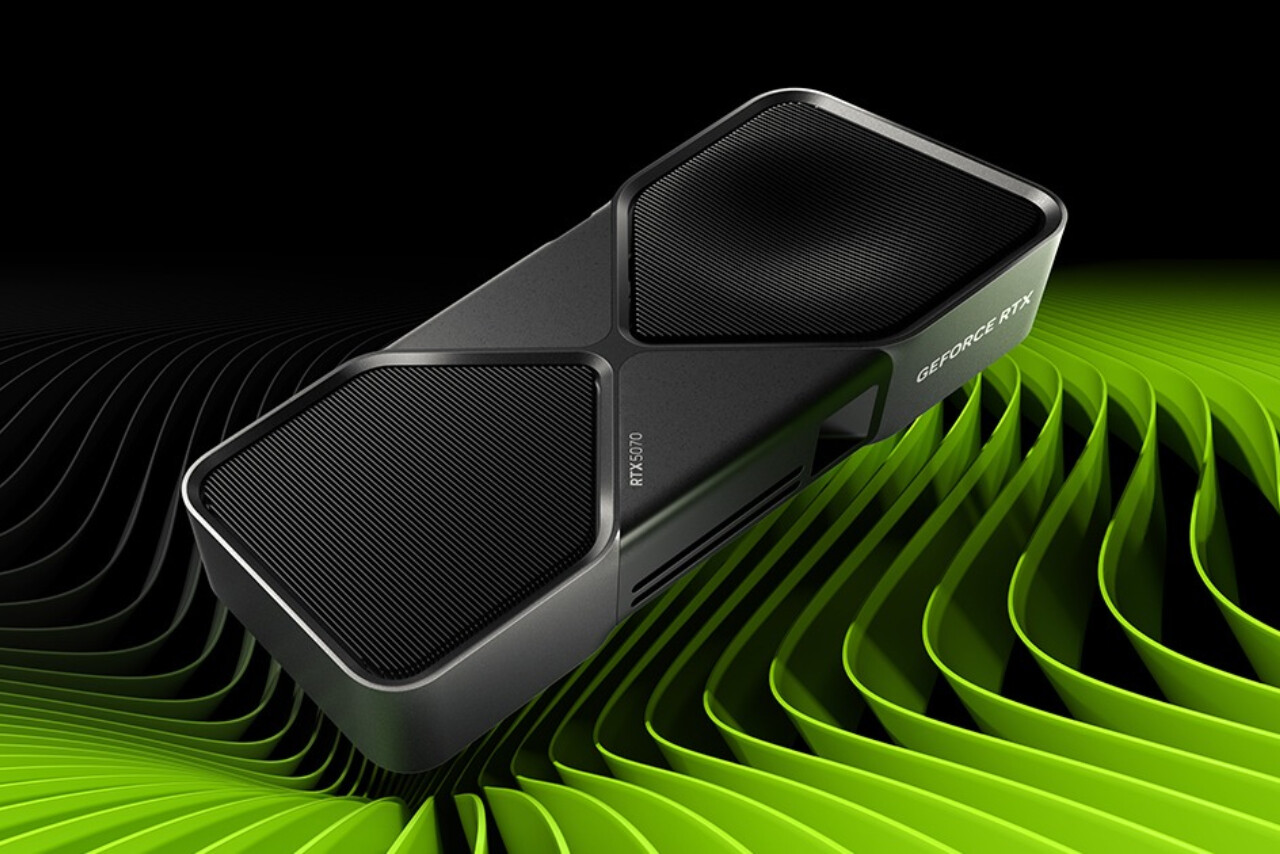Nvidia GeForce RTX 5070 Super
Nvidia GeForce RTX 5070 Ti
Nvidia GeForce RTX 5070 Ti Super
Nvidia GeForce RTX 5080 Super

Nvidia GeForce RTX 50 Super GPUs are slated to launch between Q1 and Q2 2026. Separately, the public PSU calculator now lists entries for the RTX 5070 Super and Ti Super graphics cards. Nvidia hasn’t made a public announcement about the new GPU lineup or confirmed specifications.
According to a report from Benchlife, Nvidia’s refreshed GeForce RTX 50 series, in the form of Super GPUs, is now expected to be launched in late Q1 or early Q2 2026 (spring, essentially). Nvidia hasn’t issued RTX 50 Super graphics cards launch briefs to add-in-board partners yet.
Furthermore, Seasonic‘s public PSU calculator now lists two new GPUs from the Super lineup: the GeForce RTX 5070 Super and the GeForce RTX 5070 Ti Super, with TDPs of 275W and 350W, respectively. While Nvidia has not confirmed these specifications, they align with expectations for higher-power Super versions, compared to base RTX 50 series GPUs.
Models, pricing, specifications, and exact dates remain unannounced. Some specs have already leaked, while others can be inferred from Nvidia’s typical handling of Super refreshes.
Nvidia GeForce RTX 5070 Super
Nvidia GeForce RTX 5070 Ti
Nvidia GeForce RTX 5070 Ti Super
Nvidia GeForce RTX 5080 Super
Hardware pricing is currently challenging to project accurately. The AI boom is driving demand for wafers, advanced packaging, and HBM (high-bandwidth memory) capacity toward AI accelerators, which increases board costs for gaming GPUs, particularly for VRAM.
At the same time, tariff risks in key markets and shifting trade rules can change import costs with little notice. Nvidia can maintain MSRPs by absorbing some costs or passing them through to partners, resulting in outcomes ranging from unchanged list prices with fewer launch deals to higher AIB pricing across popular cards.
In the linked article, we outline the entire journey a typical Nvidia graphics card takes across the globe, spanning dozens of countries and companies, and explain the various factors that influence its final price.
In Nvidia’s GPU naming, the suffix “Super” is used for graphics card models that undergo mid-cycle refreshes of the same tier. They add a slight boost to cores and clocks, sometimes adjust memory settings, and may increase the GPU’s power budget slightly. Price can change slightly.
“Ti” models are a step above the base version of the GPU within the generation. They typically add more cores, higher clock speeds, and increased VRAM, sometimes even a wider bus, along with a higher power target. As a result, both performance and price grow noticeably too, compared to the base model of the graphics card.
“Ti” and “Super” aren’t mutually exclusive. A single Nvidia video card can be a Ti Super model simultaneously. Nvidia’s GPU naming system is explained in detail in a separate article here.